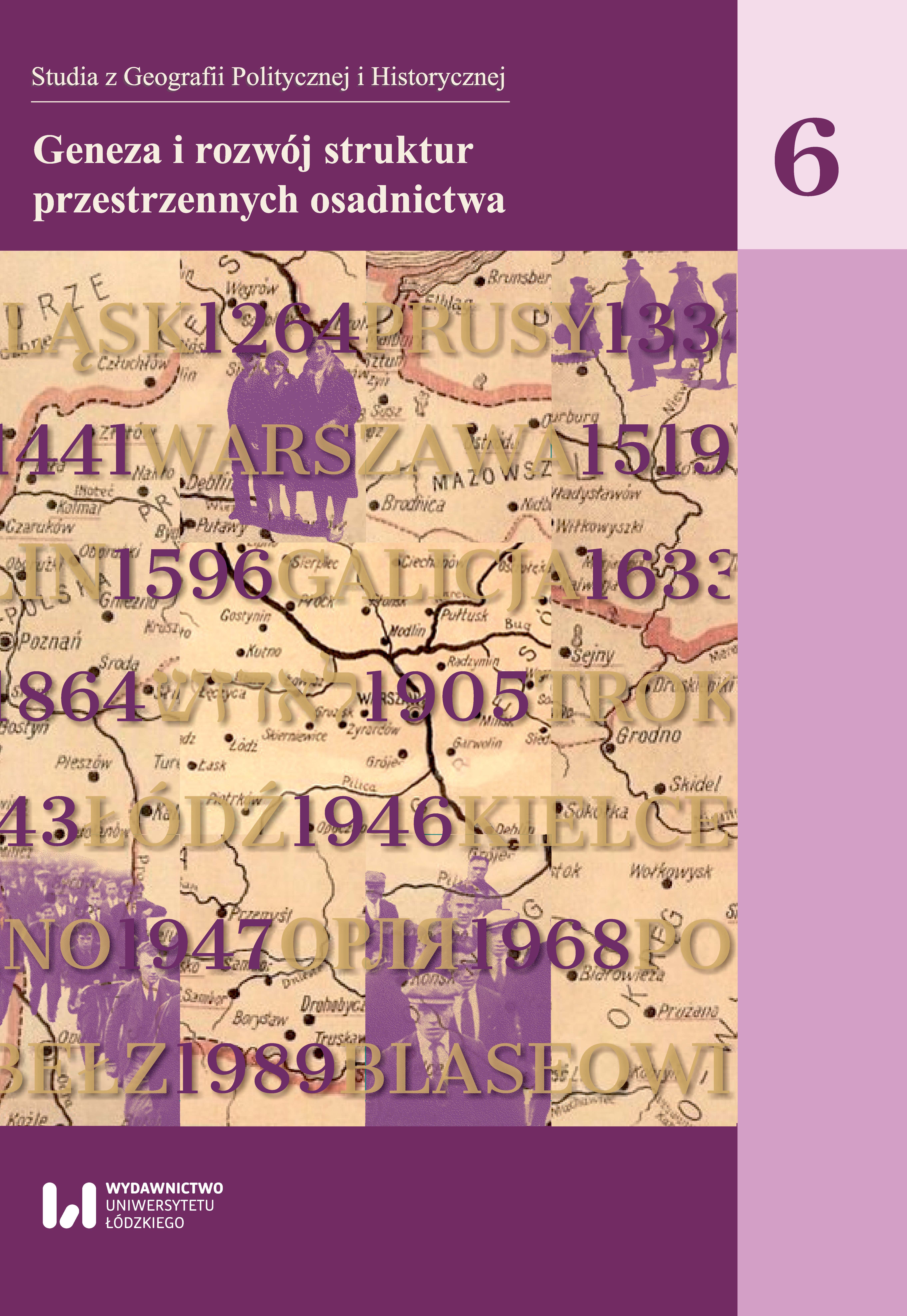A record of narrative interview as a contribution to autoethnographic research of the Koschneiderei villages
DOI:
https://doi.org/10.18778/2300-0562.06.10Keywords:
Koschneiderei, autoethnography, village sociology, qualitative researchAbstract
I devote my work to the people and fate of those who for various reasons wanted or had to leave their homes and move to another place during and after the Second World War, but also to those who were born and lived their whole lives on the lands that often changed their landlords. Since 2010, I have been wandering through villages where I have met real, living treasures of culture, namely people, often with their intricate, sometimes dramatic, yet colourful histories. Therefore, it is important to maintain not only the historical memory written on the pages of textbooks and scientific papers, but also the experienced and endured memory, which constantly shapes the collective identity. The identity of place and people who can say “I am from here and I am proud of it”. At the beginning of the research, I chose the Tuchola poviat, but over time, the research area began to considerably expand due to the Atlantis of the Tuchola Forest, i.e. the Koschneiderei. This article is only a fragment of an extensive research project whose core is the identity of post-migration and indigenous communities in the Recovered Territories. In this case, one hero – Bernard Gliszczyński (born in 1933) or, as it appears on the First Communion Favour of 27 August 1944 – Bernhard Mrosek von Glischinski, is an illustration of the story about the Koschneiderei.
References
Andreski S., 2002, Czarnoksięstwo w naukach społecznych. Warszawa.
Google Scholar
Dorow U., 2010, Zapomniana przeszłość. Upadek pomorskich majątków rolnych na przykładzie powiatu lęborskiego, Pruszcz Gdański.
Google Scholar
Giddens A., 2001, Nowe zasady metody socjologicznej. Kraków.
Google Scholar
Jałowiecki B., Szczepański M., 2007, Dziedzictwo polskich regionów, [w:] Kojder A. (red.), Jedna Polska? Dawne i nowe zróżnicowania społeczne, Wrocław.
Google Scholar
Kacperczyk A., 2014, Autoetnografia – technika, metoda, nowy paradygmat? O metodologicznym statusie autoetnografii, „Przegląd Socjologii Jakościowej”, 10 (3), s. 32–74.
Google Scholar
DOI: https://doi.org/10.18778/1733-8069.10.3.03
Konecki K.T., 2012, Wizualna teoria ugruntowana. Podstawowe zasady i procedury, „Przegląd Socjologii Jakościowej”, 8 (1), s. 12–45.
Google Scholar
DOI: https://doi.org/10.18778/1733-8069.8.1.02
Osękowski C., 2017, Osadnictwo polskie na poniemieckich ziemiach po drugiej wojnie światowej. Ziemia Lubuska i powiat Gubin: http://www.transodra-online.net/pl/node/1411 (02.05.2017).
Google Scholar
Pelias R.J., 2015, Writing autoethnography. The personal, poetic, and performative as compositional strategies, [w:] Jones S.H., Adams T.E., Ellis C., Handbook of autoethnography,Oxford, s. 384–405.
Google Scholar
Poniedziałek J., 2011, Postmigracyjne tworzenie tożsamości regionalnej. Studium współczesnej warmińskomazurskości, Toruń.
Google Scholar
Rink J., 1930, Vom Flach szum Leinen. Führer durch die Koschneider Spinn – und Webstube des Staatlichen Landesmuseums in Danzig-Olivia.
Google Scholar
Rychliński S., 2001, Lustracje społeczne, Warszawa.
Google Scholar
Sakson A., 1999, Dylematy kształtowania się tożsamości regionalnej na Warmii i Mazurach, „Pogranicze. Studia Społeczne”, 8, s. 257–268.
Google Scholar
Szwankowski J., (red.), 2013, Kosznajderia, Chojnice.
Google Scholar
Znaniecki F., 2001, Socjologia wychowania, t. 2, Warszawa.
Google Scholar
Downloads
Published
How to Cite
Issue
Section
License

This work is licensed under a Creative Commons Attribution-NonCommercial-NoDerivatives 4.0 International License.








